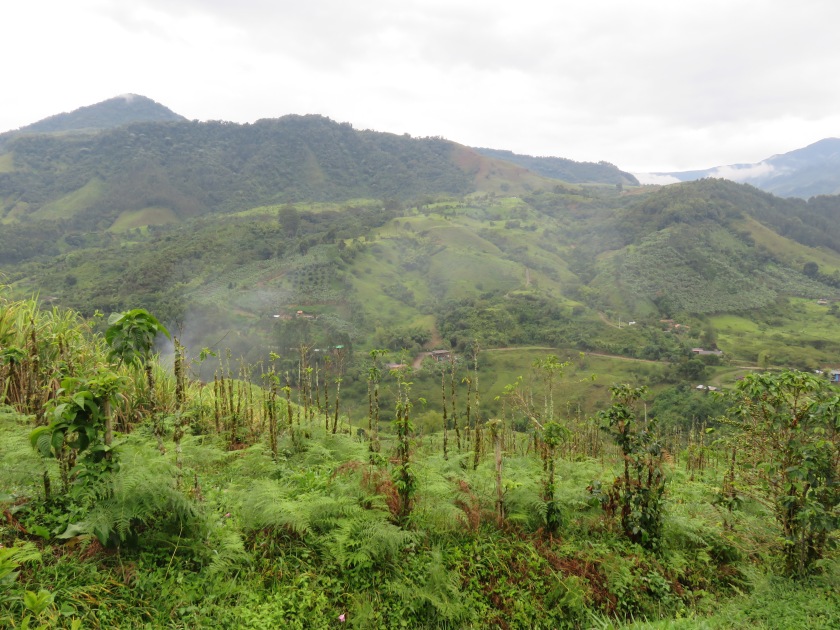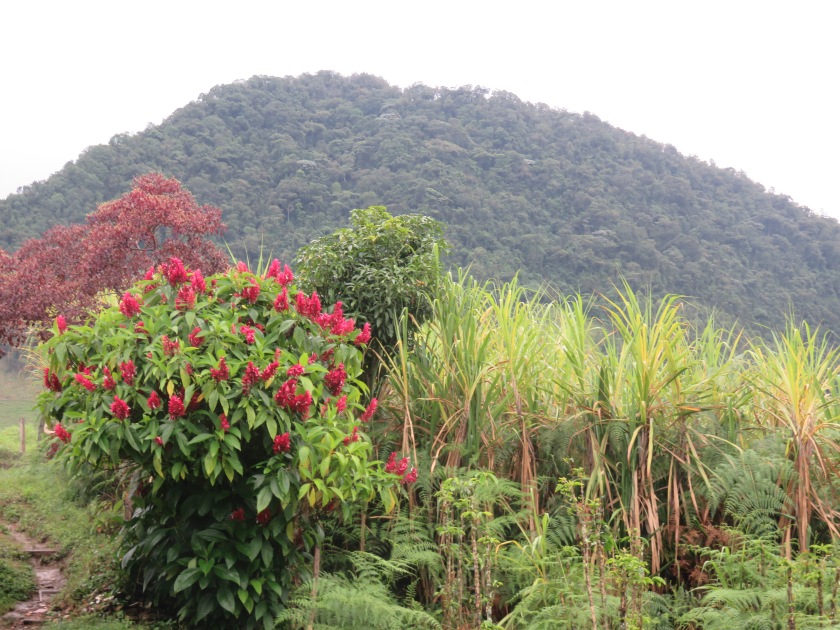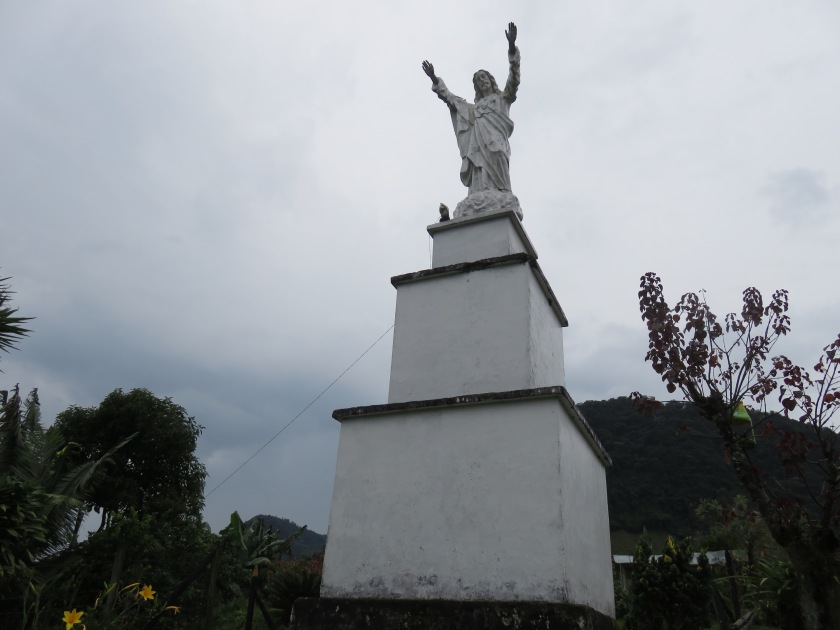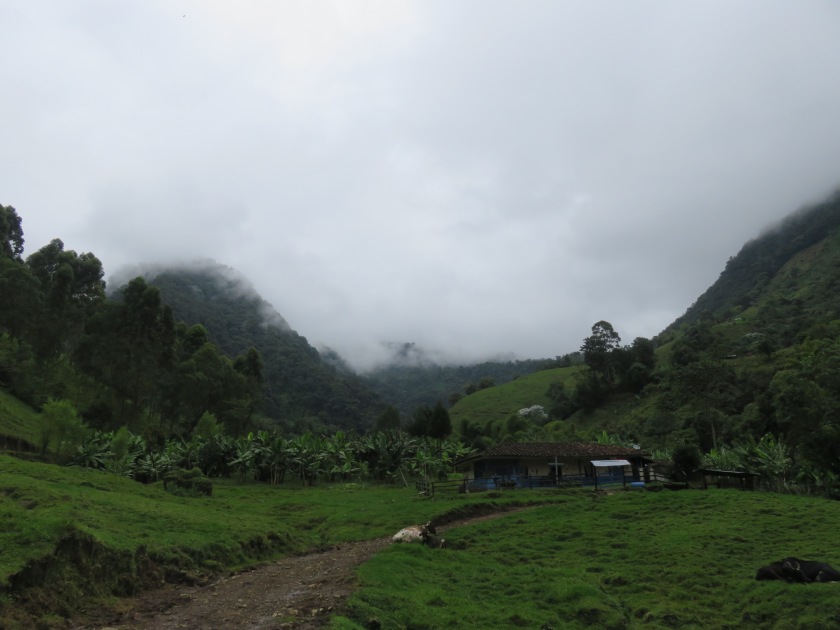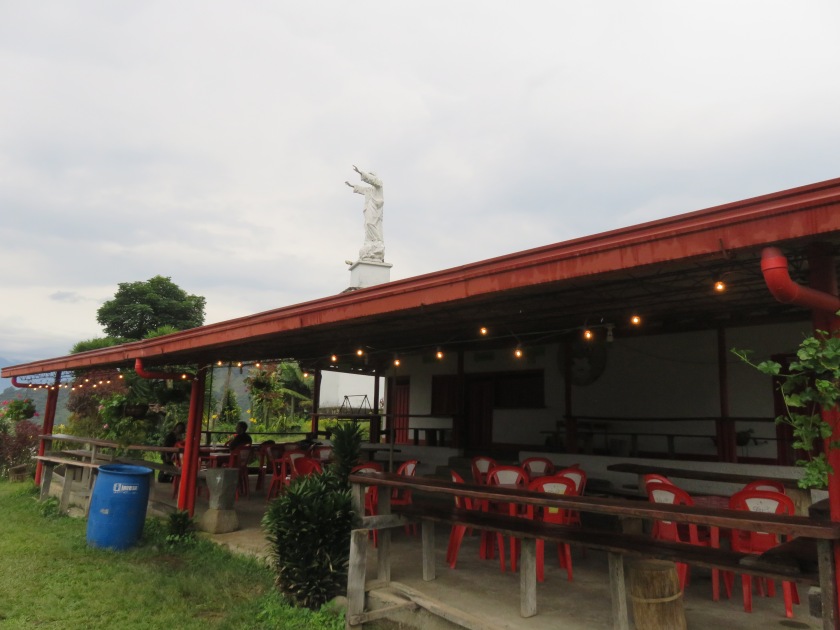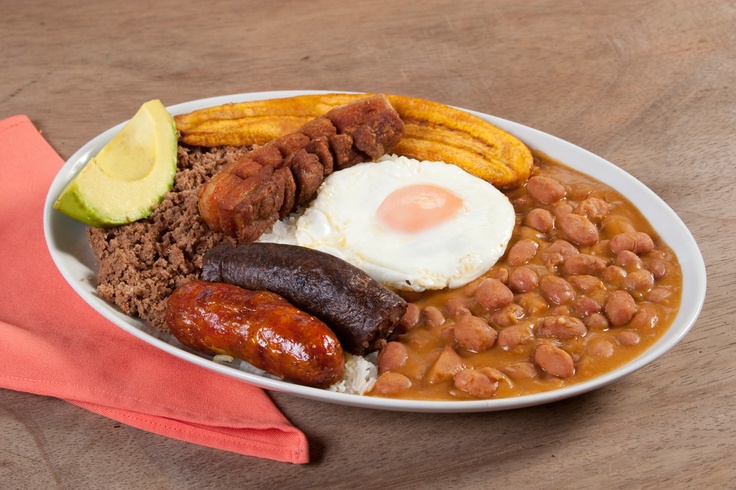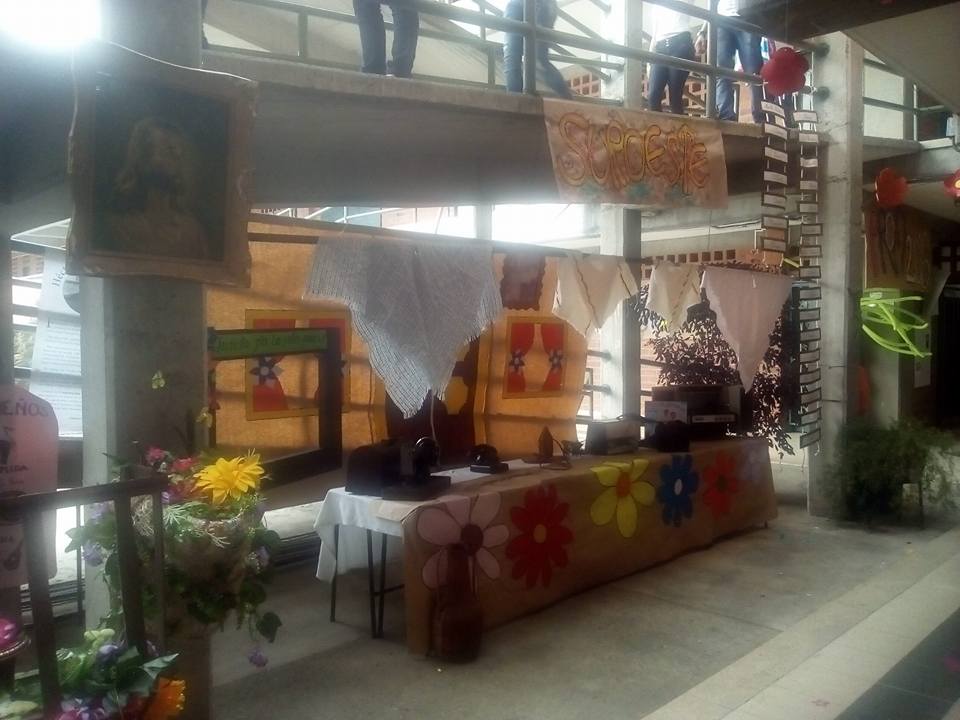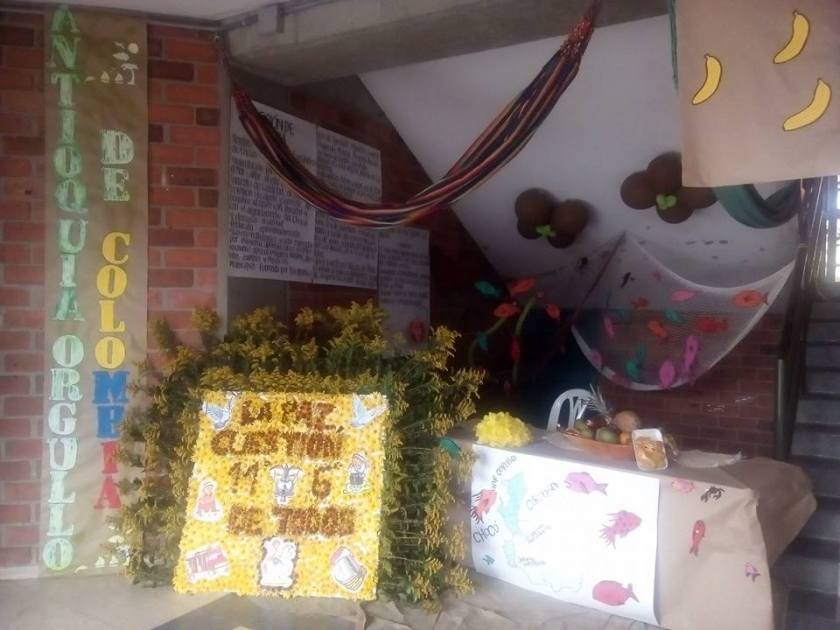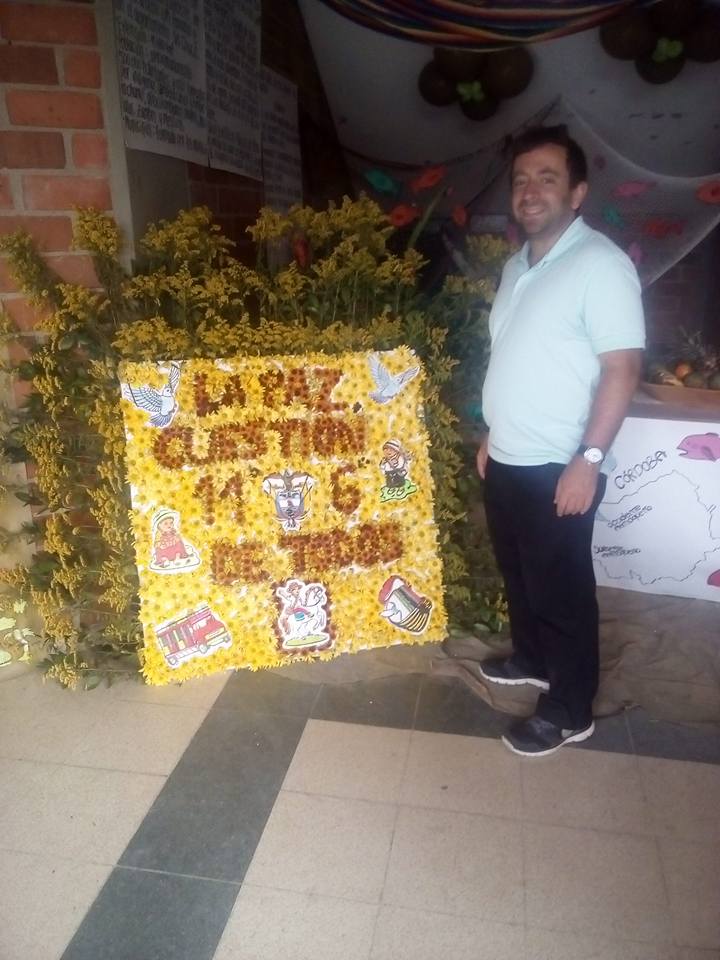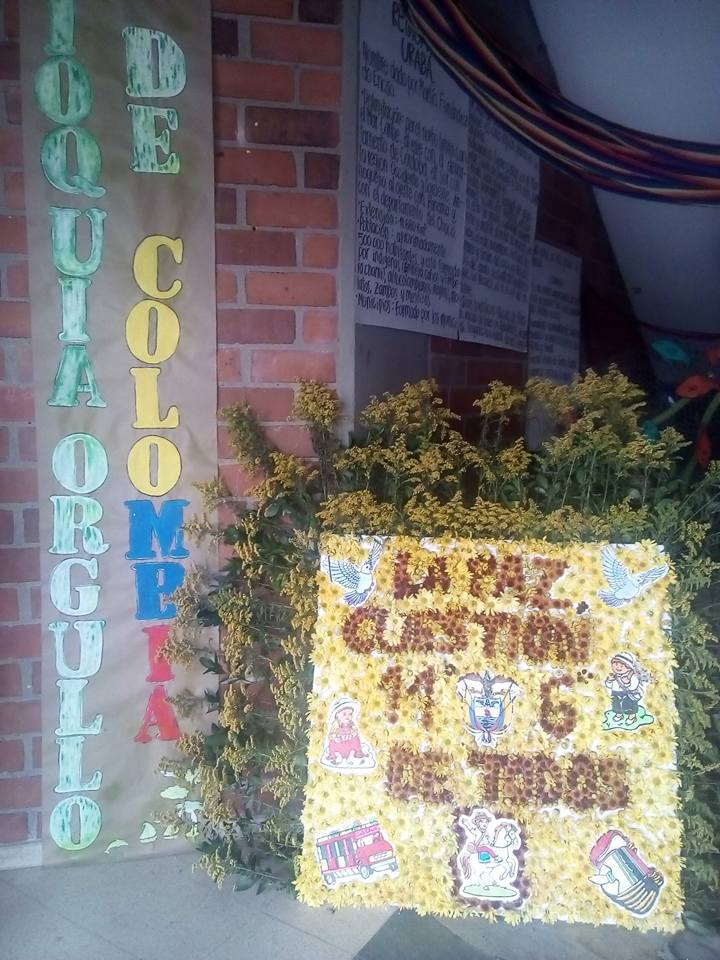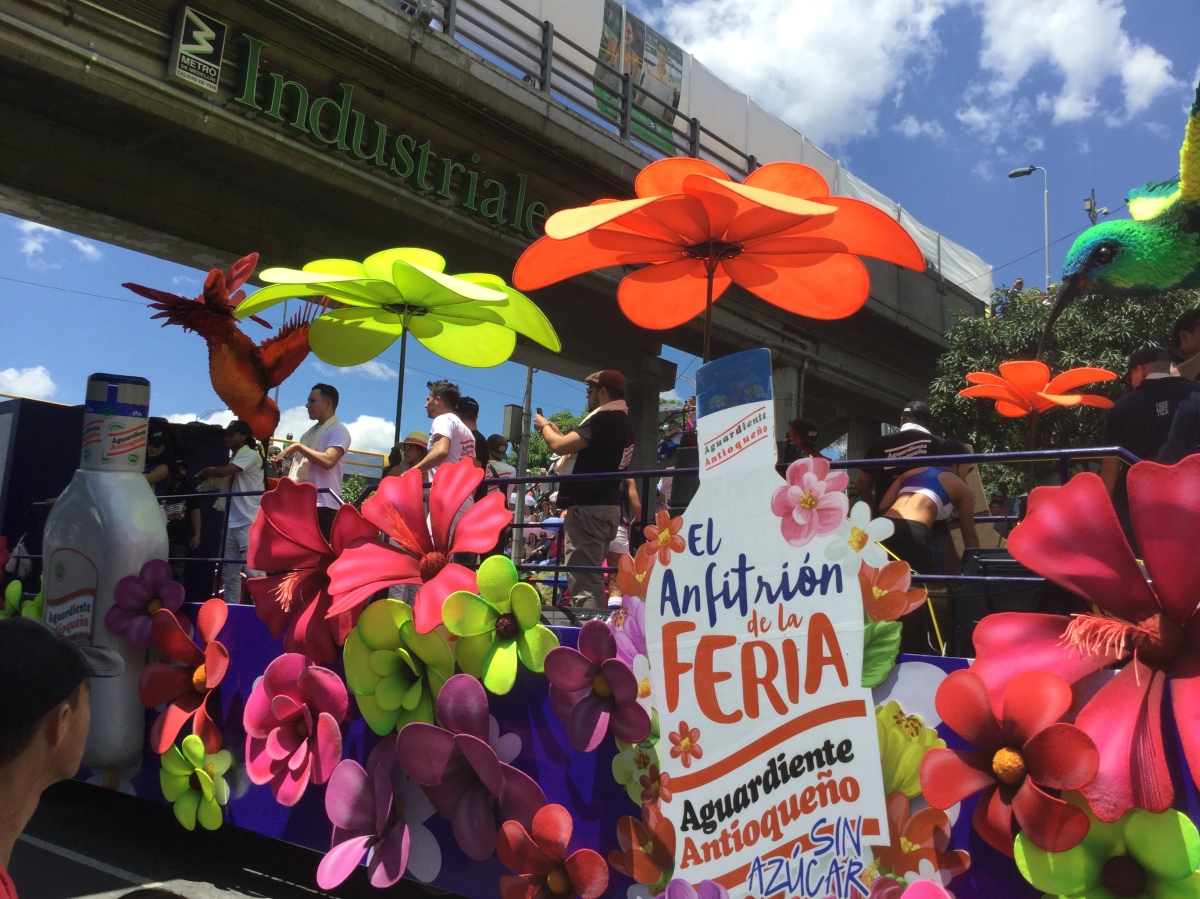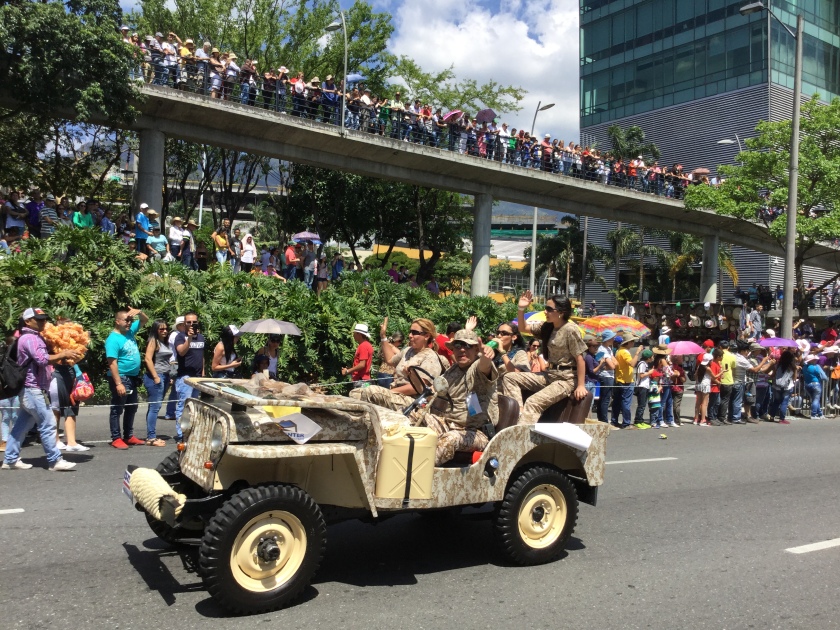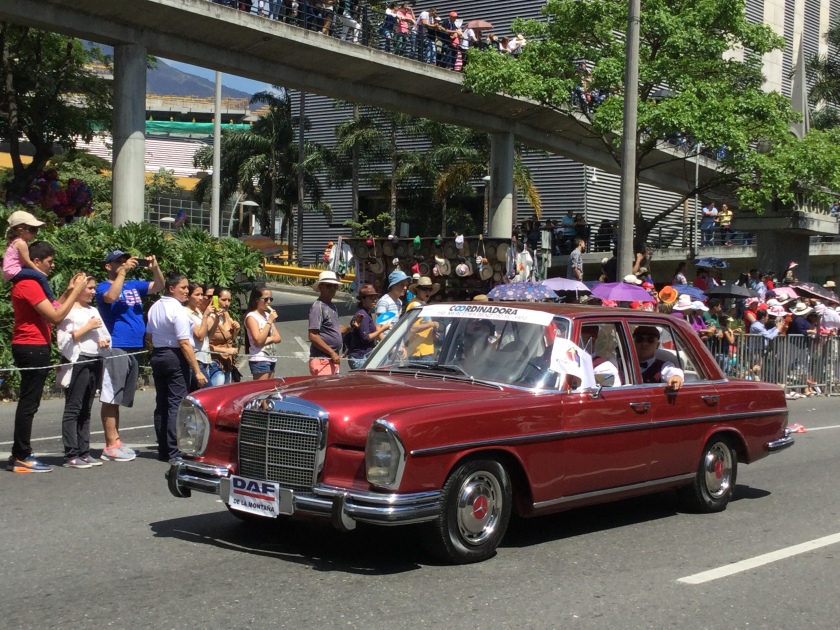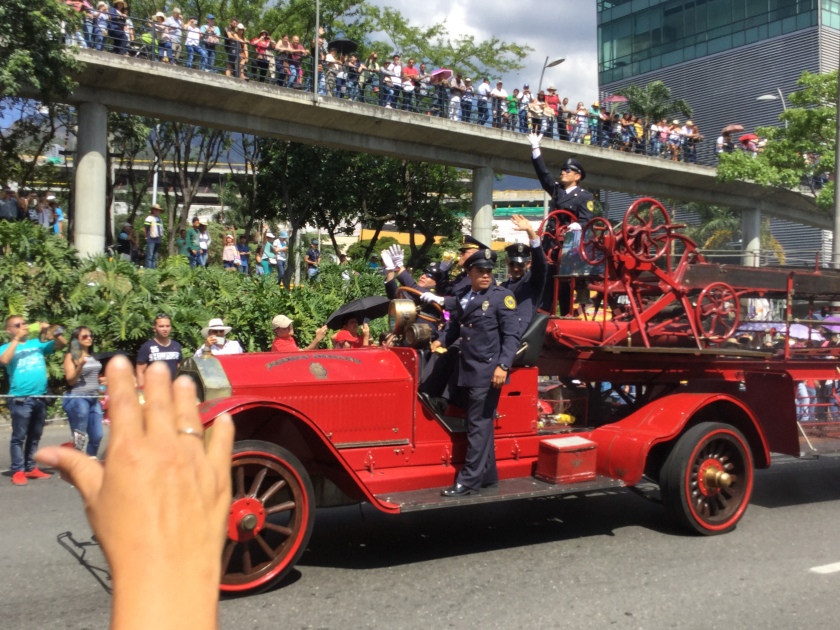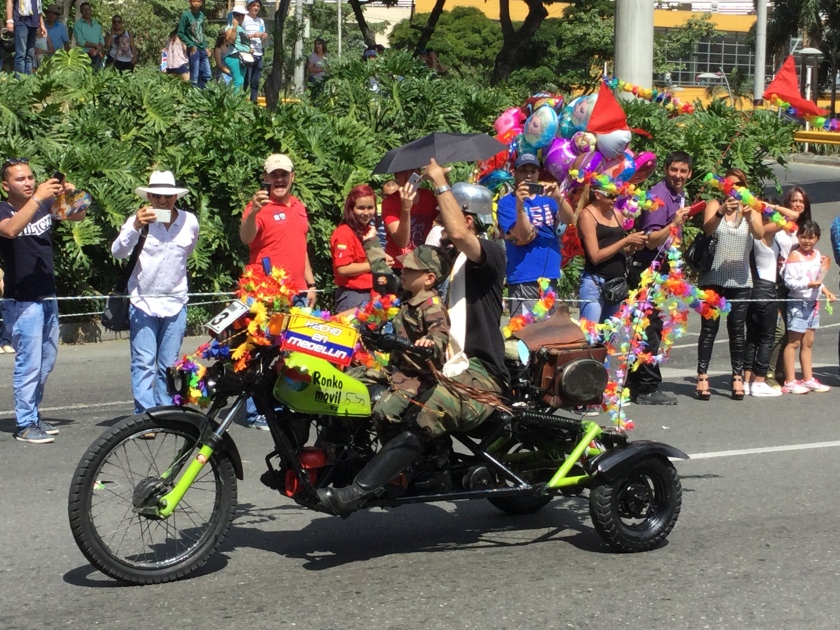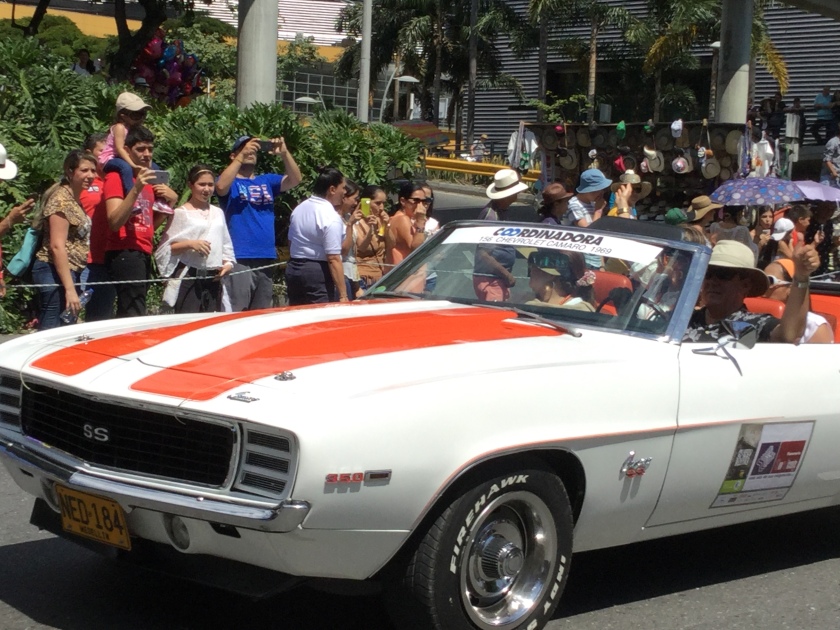A packed stadium filled with 40,000+ screaming and diehard fans imbued with a fiery passion that is seldom seen in most sporting events around the world. No, my friends, this is a special event and one that deserves the rare title of a ‘clasico’ or classic in English. However, this isn’t your ordinary clasico or derby. This isn’t Manchester United v. Manchester City or FC Barcelona v. Real Madrid. This is the Medellin derby or ‘El Clasico Paisa’, an affair that has been raging for almost seventy years. They share the same stadium and play in the same national league. Their fans come from the same city and live in the same neighborhoods.
However, when it’s ‘clasico day’ in Medellin, the differences between the two local teams could not be starker. It’s blue and red v. green and white, history / traditions v. championship / past glories. This rivalry is more than just about football. It’s about your allegiance to a team, to its’ players, to its’ customs, and to its’ culture. ‘El Clasico Paisa’ is the long-standing rivalry between the teams of Independiente Medellin and Atletico Nacional. It’s the most important derby in all of Colombia and all of South America from its’ prior reputation.
Its’ one of the biggest rivalries in all of FIFA and I was lucky enough to witness this ‘clasico’ this past Sunday. Bragging rights are on the line whenever these two teams face off. They face each other a couple of times per season in the ‘Liga Aguila’, Colombia’s national league, because they are usually both very successful and find themselves ranked in the Categoria Primera A. Having won multiple championships in the past and most recently the famed ‘Copa Libertadores’ which is the South American edition of the UEFA Champions League, Atletico Nacional are the favorites of Colombian football these days.
Having watched a few of Nacional’s matches and having been a fan of their players and their uniforms, I learned about the upcoming derby about a week before kickoff time. Unfortunately, I did not strike when the iron was hot so I left my chances of getting a ticket up until the day of the match. Luckily, in Colombia, you can scalp tickets up until a few hours from local sellers at the Stadium. While the prices are marked up a bit, I found the one I haggled for to be fair and decided to go through with my purchase. During my time of living in Colombia, I wanted to make sure that I got to see a few matches especially given how huge the sport is here in South America.
The vibe and atmosphere in the Atanasio Girardot stadium before kickoff was simply electric and you could feel the sheer energy pulsating throughout the crowd. It was so filled to capacity that it was standing room only for the entire match. Luckily, I had a good vantage point of the entire field from about five rows up in the upper deck and was located near the exit in case the fans near me got out of control. From the opening minute to the last whistle blown, Fans on both sides chanted their teams’ songs, unfurled huge banners of support, waved flags, and cheered their heroes on until their voices were hoarse.
Despite being a supporter of Atletico Nacional, the ticket I bought last minute from a street vendor was located in the heart of the Independiente Medellin section. While I was uncomfortable with this arrangement at first given that I wanted Nacional to win the ‘clasico’, I have to give credit to the Medellin fans that were outnumbered by a count of 2:1 inside the stadium. They were loud, confident, and didn’t give into doubt or disappointment even when Nacional scored upon their team around the 65th minute making it an eventual 1-0 Nacional victory.
Win or loss, Independiente Medellin fans are still behind their players 100%. This loyalty to the team goes back over a hundred years when they were founded in 1912. While they have history on their side, Medellin does not have the more recent success or amount of championships that Atletico Nacional has accumulated in recent years. With the recent victory over Independiente del Valle in the 2016 Copa Libertadores, Atletico Nacional is the team to beat in the Liga Aguila in Colombia. Historically, in the ‘El Clasico Paisa’, Atletico Nacional has played Independiente Medellin 291 times with Nacional winning 119 matches to Medellin’s 92 matches.
They have ended in a draw 80 times total. Interestingly enough, the Copa Colombia has been played 16 times between both teams with Medellin having an advantage in this category with seven wins to Nacional’s five wins. Part of what makes this ‘clasico’ special is that both teams have a history that goes back almost seventy years. They are two of the most prominent and well-known football clubs in Colombia with a rivalry that is unmatched in South America.
Having been to football matches in both Germany and Turkey where the atmosphere was enjoyable, seeing a match here in Medellin was on another level. The passion of the fans was the craziest I have ever seen and they truly live through their team’s successes and failures. Unfortunately, certain fans take the results of the ‘clasico’ matches too seriously and there have been a few sad deaths and injuries that have taken place.
Luckily, both sides were not too hostile to each other during the most recent ‘clasico’ that I attended. They were shouts, curses, and a few bad fingers raised towards either side but nothing that escalated into all-out brawling and hooliganism. I had never seen that large of a police force at a football match before but the local police take it very seriously given what’s occurred in the past. There were also riot police present in full tactical gear but I don’t believe any tear gas was fired and everybody went home safely including myself after the match had concluded.
While I was happy that Atletico Nacional won 1-0, I had bonded during the match with the Medellin fans and enjoyed cheering, chanting, and jumping up and down with them. They are a passionate lot and they are all diehard fans. I hope to attend another ‘clasico’ soon where I can wear my green and white jersey and cheer on my Nacional in their fan section. When you’re in the opposing team’s fan section and your wearing the other team’s colors, it’s always a bad idea and trouble may find you whether you like it or not. Before the ‘clasico’, I was smart enough to wear a neutral grey shirt and jeans because I wasn’t sure in which section of the stadium my seat would be. It is a very lucky thing indeed that I didn’t wear my Nacional jersey in the Medellin fan section or otherwise I might not be writing this blog post about the ‘clasico’ today.
All kidding aside, while the football match wasn’t the best or most exciting I’ve ever seen played before, the atmosphere was incredible and it was the most-lively match from the fans’ perspective that I’ve ever witnessed. It truly was a sight to behold with both sides yelling, screaming, jumping, and dancing in the hopes that their team might end up on the winning side. I can understand now why South America is such a football hub. It is the number one sport and sometimes the only sport that matters to its’ fans. If you’re ever in Colombia or specifically in Medellin, I suggest you buy a ticket and go see ‘El Clasico Paisa.’ I promise that you won’t regret this amazing experience but make sure to wear neutral clothes because you never know which fan section you’ll be seated in.


